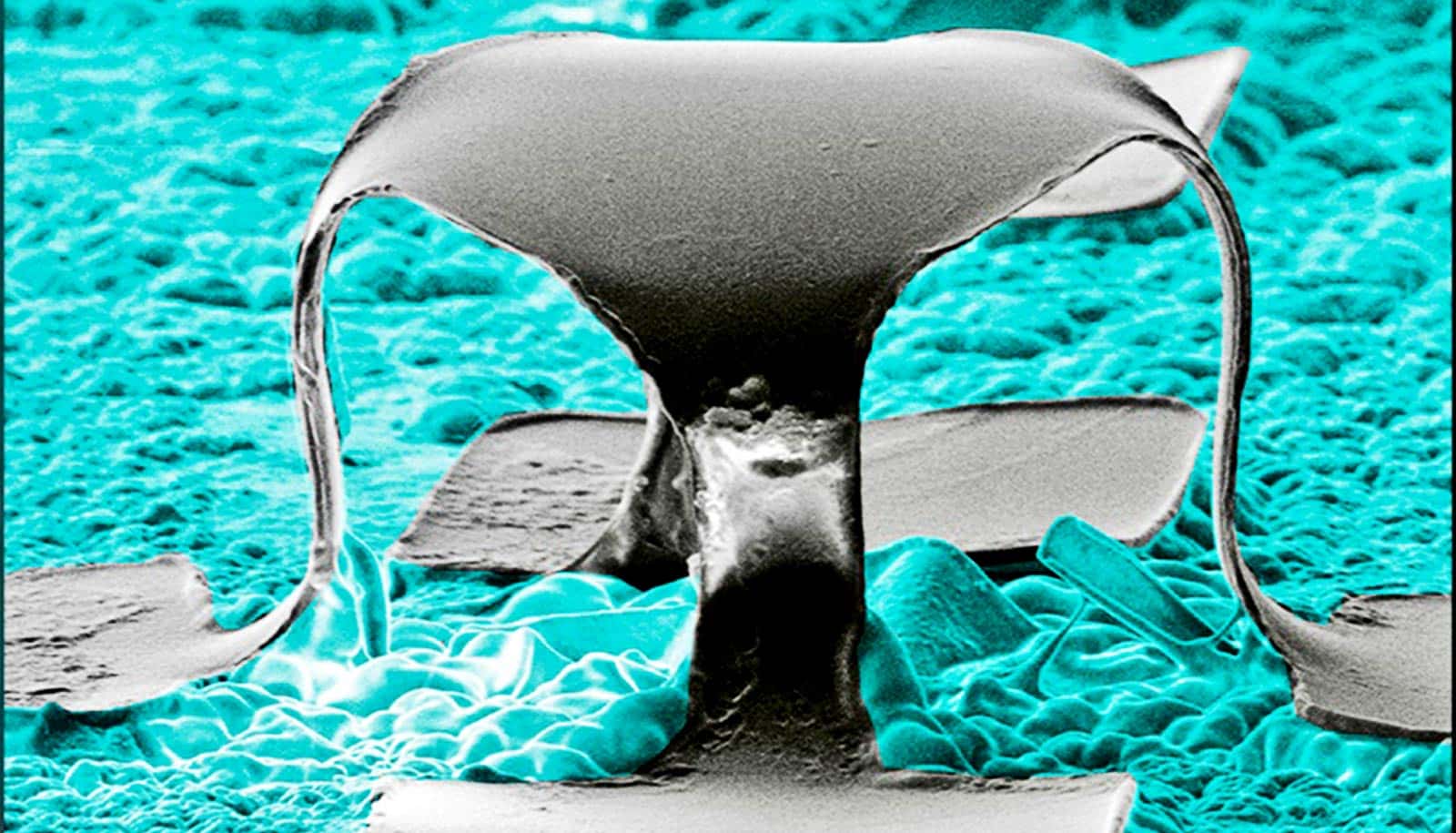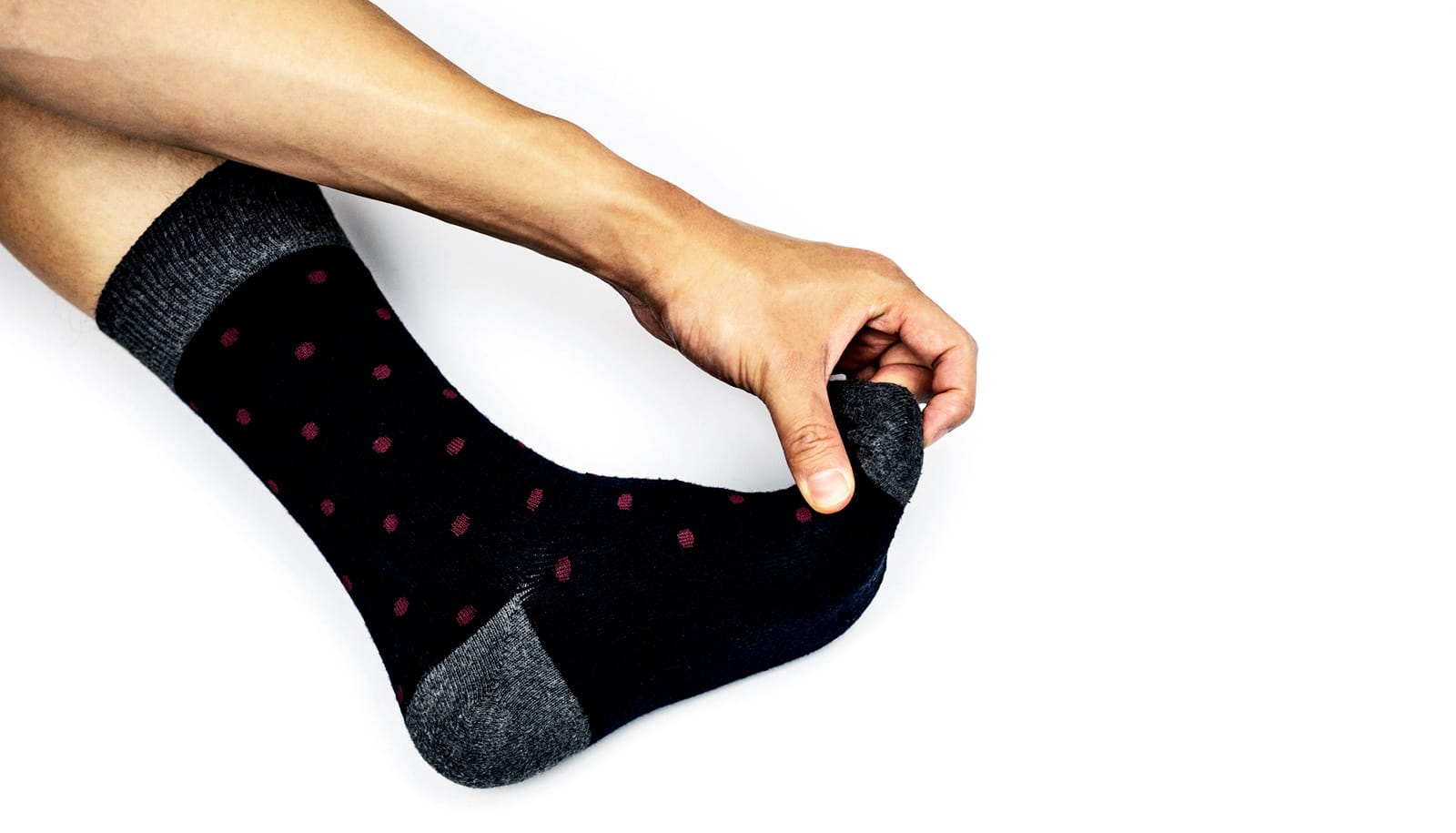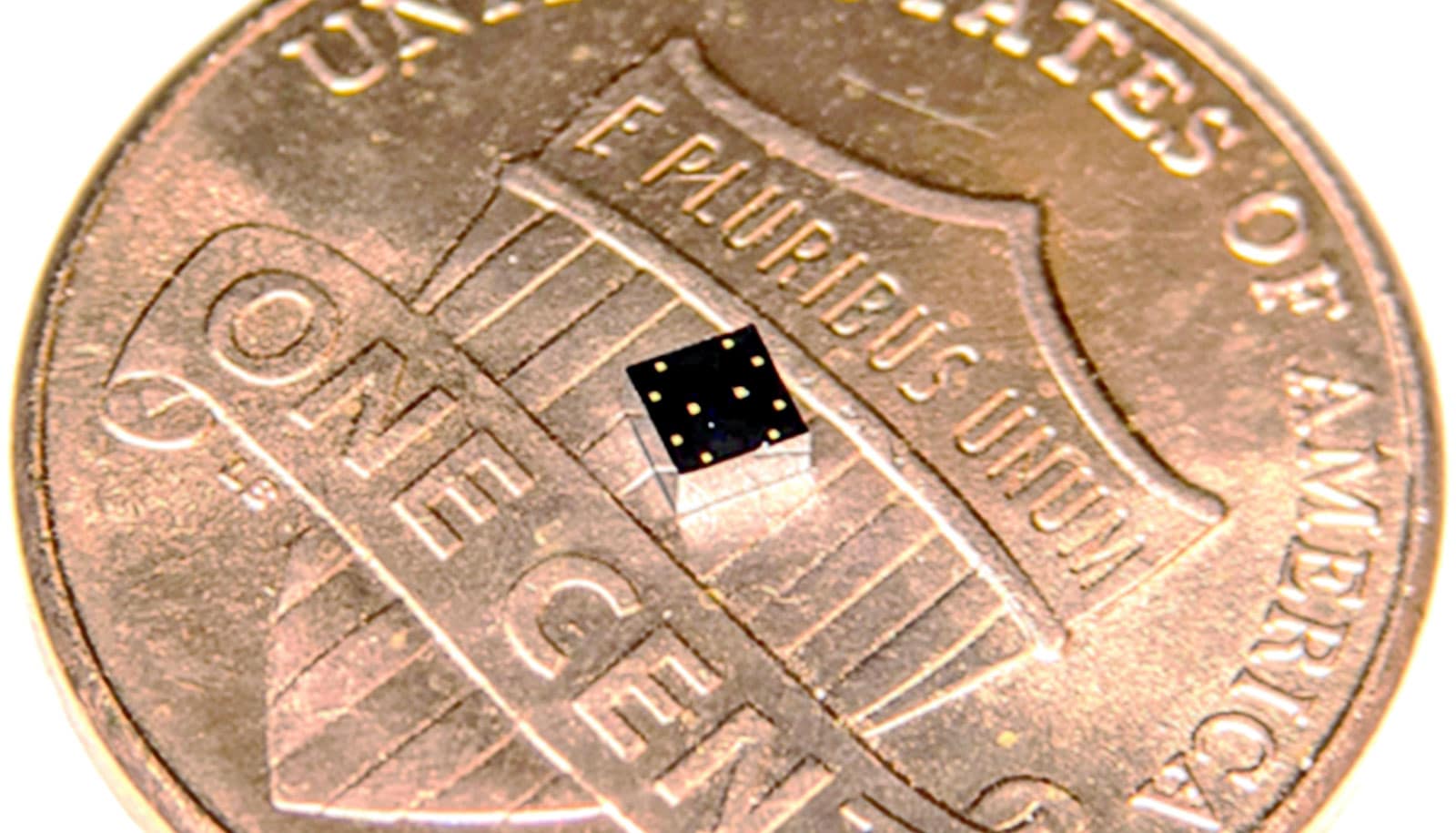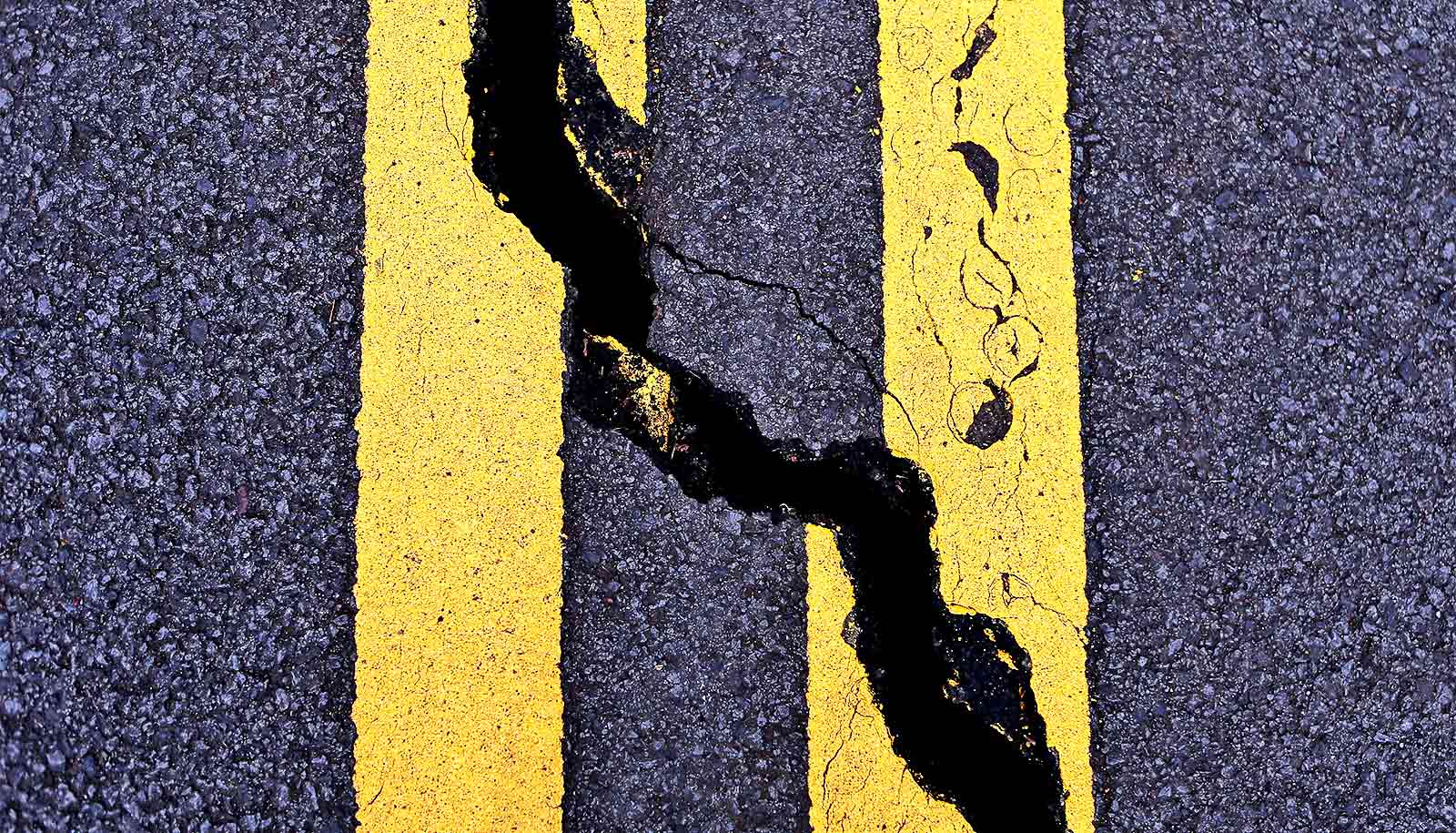Autonomous vehicles can be fooled to 'see' nonexistent obstacles
Driverless vehicles rely heavily on sensors to navigate the world. They're vulnerable to attack if bad actors trick them into 'seeing' things that aren't there, potentially leading to deadly crashes.
Z. Morley Mao, Professor of Electrical Engineering and Computer Science, University of Michigan
• conversation
March 6, 2020 • ~6 min
March 6, 2020 • ~6 min
/
38









